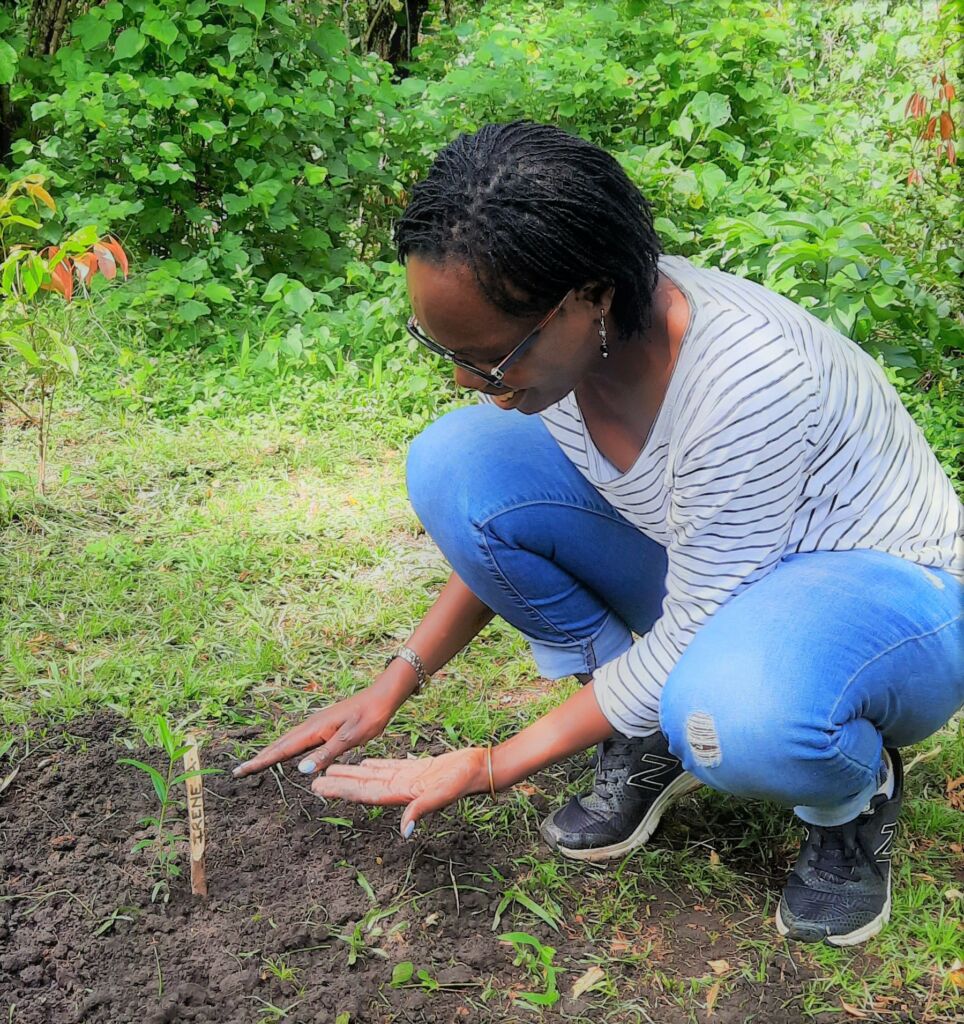Image credits
Wakefield cattle - Michelle Tedder.jpg
It’s high time we embrace innovative tech solutions that Africa’s youth are developing to promote conservation, says Dr Irene Amoke, executive director of the Kenya Wildlife Trust.
43-year-old Amoke is a presenter at the forthcoming 11th Oppenheimer Research Conference. Her presentation, “Changing the conversation around conservation”, focuses on finding new funding flows to give people more incentives to conserve the wildlife they live among.
Amoke would like to see a balance of traditional philanthropic, donor, and tourism-derived funding, complemented by funding solutions that harness technology.
She argues that technology can revolutionise conservation in ways that open doors for young people to contribute in tangible ways.
Valuable lessons were learned during the Covid-19 pandemic, says Amoke. As tourist dollars dried up, the conservation sector had to evolve and tap new sources, including crowdfunding campaigns.
“We had to adapt and show people who weren’t physically here why the conservation work we were doing on the ground mattered. And it had to be so meaningful to them that they’d reach into their own pockets and give to conserve wildlife,” says Amoke.
Widespread use of virtual reality camera traps had not only enabled this, but had stimulated further tech innovations that are fast becoming super useful to field biologists and conservationists.
For example, intelligent solutions were required to sift through thousands and thousands of camera trap photos, said Amoke.
Camera traps use sensors to detect movement. When an animal moves past a sensor it triggers a camera to record still images or video. Being able to efficiently filter these recordings, helps conservationists understand which animals are frequenting specific areas, providing information for management decisions.
This technology that monitors animal movement right down to specific individuals, can now help reserves predict and mitigate against human-wildlife conflicts.
Amoke, who is fascinated by African predators, wants to see this technology developed and used to help keep tabs on the more than 500 lions in the Masai Mara reserve, in southwestern Kenya.
And she has great hopes for the upcoming SNI x Kenya Wildlife Trust Hackathon, which will focus on lion identification and data management as well as mitigating conflict between predators and farmers.
So how did a “city girl”, as she calls herself, come to be leading a predator conservation trust?

Amoke grew up in Nairobi, Kenya’s capital.
Her first real experience of wildlife came on a primary school outing to Nairobi National Park. The expansive protected area, just 7km from the city, is best known for breeding endangered black rhinos and home to giraffes, zebras and lions.
Amoke also visited an elephant orphanage operated by the David Sheldrick Wildlife Trust. But that was not where her wildlife career aspirations really began.
She had hoped to join the medical profession and chased her dream of becoming a doctor all the way to pre-med. But in biology class she realised she preferred animals to people.
A university camping trip to the Masai Mara, one of Africa’s most popular wildlife conservation areas, crystalised things further. It dawned on Amoke how much there was to learn about the continent’s rich wildlife and complex ecosystems.
She went on to achieve her dream of becoming a doctor – but of ecology, not of medicine.
And just as there are huge challenges in the African health sector, so too does the conservation come with many challenges that can feel insurmountable, including climate change, a lack of funding, and looming extinctions.
Amid this, Amoke is proud of the role Kenya plays in preserving the continent’s wildlife. Witnessing this first hand motivates her, especially when the going gets tough.
And she’s enthusiastic about making space in conservation for youth with their inspiring and “unapologetic, brave” voices.
“I’m not against the traditional conservation approaches, but we need to be very open to using and incorporating new ideas. It’s time to have new, fresh voices,” says Amoke, who would like to see more conservation decision-making happening at local community levels.
She argues that new funding models are needed that enable communities to benefit economically in a way that is sustainable and not reliant on handouts.
And if communities are to succeed in building wildlife friendly businesses, private investment should also go hand-in-hand with improving financial literacy, says Amoke.
Amoke applauds African-led research projects that prioritise the role of women in advancing environmental sciences and conservation priorities in Africa and eagerly awaits the announcement of the winner of the Jennifer Ward Oppenheimer Research Grant at the forthcoming conference.
The three finalists are Dr Alice Karanja, a postdoctoral research fellow at the Center for International Forestry Research (CIFOR) and World Agroforestry (ICRAF) in Kenya, Elizabeth le Roux, a South African Assistant professor at Denmark’s University of Aarhus, and University of Pretoria research fellow, Dr Peta Brom.
Meanwhile, Amoke hopes the Mara Foundation’s “Hack the Mara”, scheduled to take place in Kenya from 17 to 26 of September, will help foster deeper community involvement in wildlife conservation.
Like other hackathons, the event will bring together computer programmers to collaborate and compete in teams to come up with solutions to conservation problems. These might include mechanisms for financial solutions that could empower communities to develop nature-friendly farming businesses and other wildlife ventures.
Vulture survival, poaching threats, and hope from the skies
Pangolins are elusive and heavily trafficked. At Tswalu, researchers are working to uncover their secrets and aid conservation.
Declining Sparrow-Weavers may threaten other birds that rely on their old nests for shelter.
Wakefield cattle - Michelle Tedder.jpg


